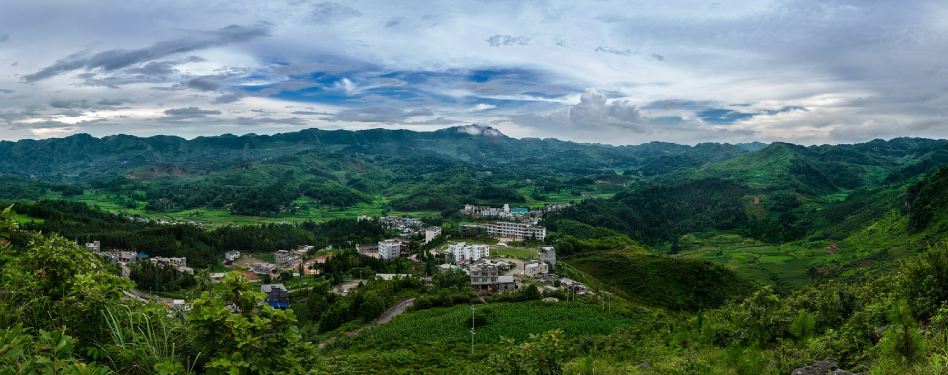
Too often, landscapes, infrastructure and buildings are designed without regard to their harmful impact on our scarce resources, essential ecological systems and quality of life. Population growth and development are causing our communities to use more resources than ever before, which means more waste. We must think beyond the building to gain the benefits of healthy ecosystems.
Growing populations, purposeful development
It is projected that by 2050, the earth’s population will exceed 9 billion people, and that 75 percent of that population will live in cities. The urbanization of China is one of the most remarkable stories of the 21st century. In 1950, 13 percent of people in China lived in cities, and by 2010, that percentage had grown to 45. By 2030, China is expected to have a population of 1.45 billion, and 60 percent of that population is expected to live in cities.
As China continues to urbanize and its population continues to scale, its development practices—whether they are green or not—will compound and impact not only how the country develops economically, but also what happens to its landscapes and its buildings environmentally.
The country’s ability to protect its massive infrastructure investments will depend on land management decisions. All of us have an obligation to be more purposeful when addressing how human health and our very lives relate to our landscapes and built environments. We must prioritize resilient development.
Prioritizing sustainable landscapes
China has an opportunity to lead as conventional thinking about land design and development is transformed into approaches that conserve and enhance the natural systems on which we depend, while also meeting the needs of our communities. Professionals such as landscape architects, civil engineers, city planners and sustainability managers can direct the future of our cities by making the right choices now.
GBCI’s SITES rating system provides an answer for the region. Learn about the SITES rating system and what it means for China at a workshop at Greenbuild China on October 16, 2017. Attendees will also learn about the SITES AP professional credential and how it can elevate their practice.
Land can be planned, designed, developed and maintained to enhance the benefits we derive from healthy ecosystems. The central message of the SITES program is that every project holds the potential to conserve, restore and create these benefits. The rating system provides guidelines for projects to meet their sustainability goals, regardless of the initial condition of the site. Whether your site has never been developed, is a contaminated brownfield or is in any condition in between, a project that receives SITES certification will meet the goals of protecting and improving natural resources, supporting economic viability and facilitating human health and well-being.
Transformation through both SITES and LEED
Unlike buildings, sustainable landscapes appreciate value over time, rather than depreciate. Plants and trees grow, soils improve, habitat develops, and in turn, people are nurtured by these environments. Just as LEED has undeniably transformed the built environment, SITES is a complementary system that encourages the widespread development of sustainable landscapes.
As with LEED, pursuing SITES certification and using the rating system helps ensure that landscape development projects meet the highest standards and helps keep everyone on a project team accountable. Yet the focus of SITES is driving sustainability beyond the building. The SITES rating system takes sustainability into our landscapes, open spaces, parks and natural resources.
